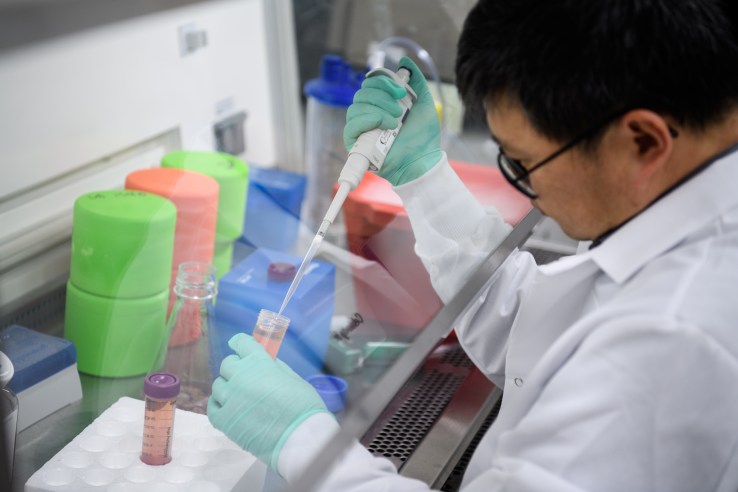When we think of 3D printing, we often imagine a machine that uses hot plastic to form shapes and objects used in everyday life. However, with new technology, 3D printing is being redefined. 3D printing is stil used to make objects used in everyday life, but these objects are usually not seen. Bone replacements printed using a mix of hydroxyapatite (a natural calcium found in bones) and polymer are flexible and durable. In addition, due to its synthetic nature, this "hyperelastic bone" is cheaper than normal procedures used for accommodating missing bones.
In addition to "hyperelastic bone," a new material was created to hold bones together after surgery, that was ceramic initially, but would turn into bone over time as the wound from the surgery heals. This procedure is considered more effective than normal procedures, because it is able to dissolve in the human body as it heals, unlike bone transplants, in which the immune system of the patient needs to be considered and there is a chance that the patient's body will reject the "foreign" object.
In both "hyperelastic bone" and "Ceramic Implant," the experiments done so far were few but successful. Hopefully as time goes on, these procedures will be used on humans in order to improve and make more effective the healing process and aftermath of surgery of individuals in need of orthopedic surgery.
https://www.naturalnews.com/2018-02-07-3d-printed-ceramic-implant-holds-bones-together.html
https://www.designnews.com/materials-assembly/3d-printed-artificial-bones-aimed-replacing-surgery/68974044057381
https://www.theverge.com/2016/9/28/13094642/hyperelastic-bone-graft-substance-unveiled


/cdn.vox-cdn.com/uploads/chorus_asset/file/10155313/vpavic_171204_2182_0028.jpg)


